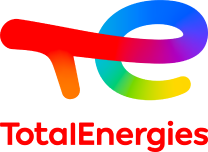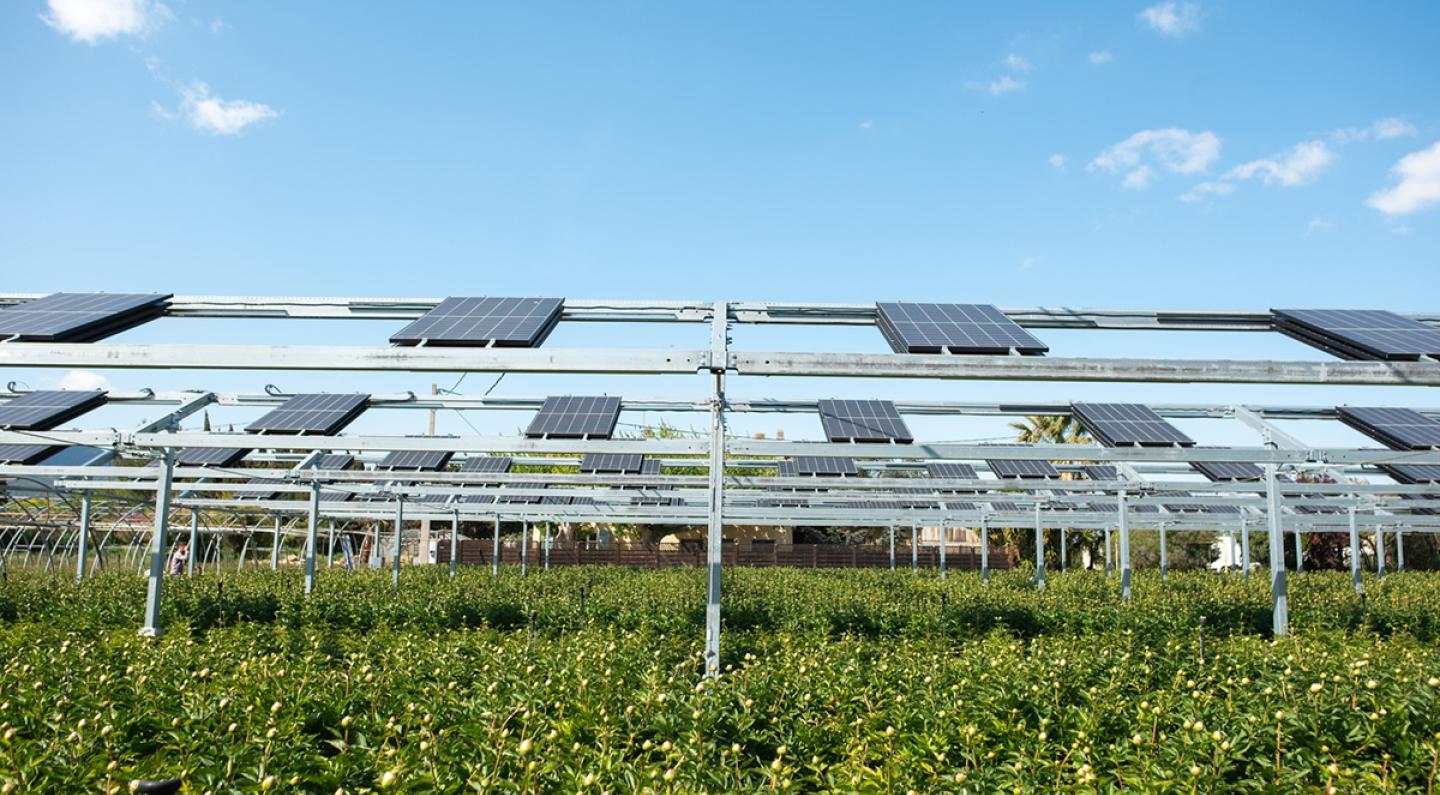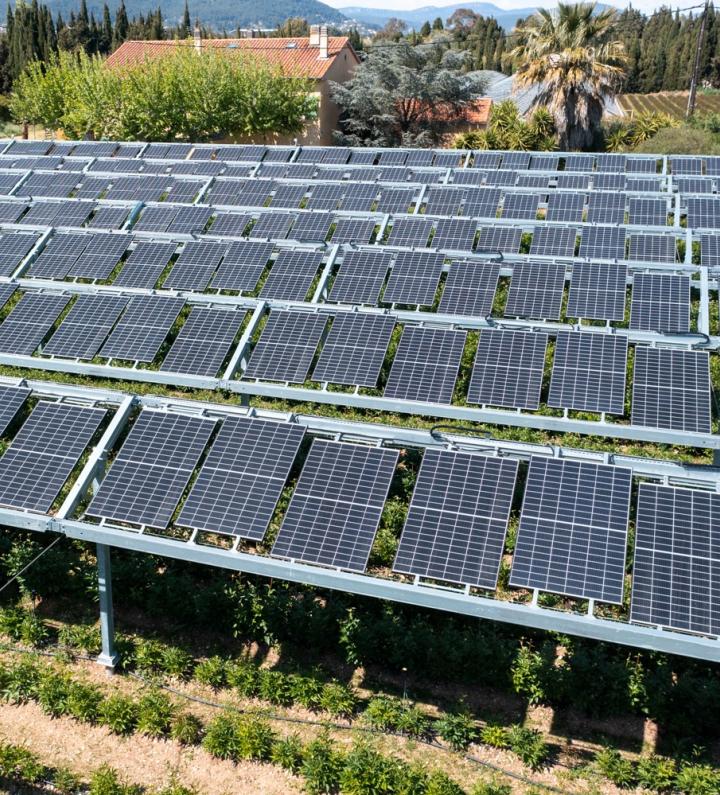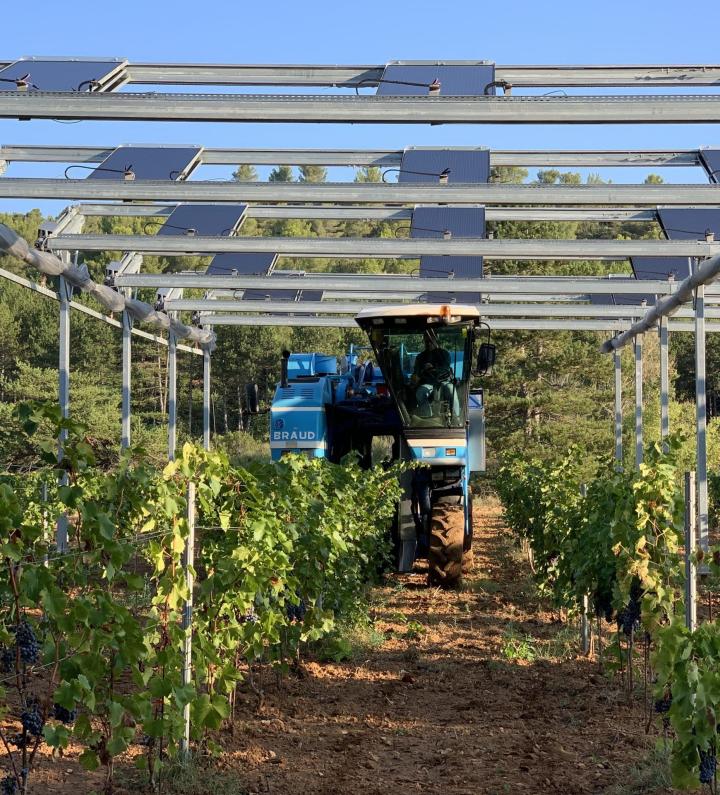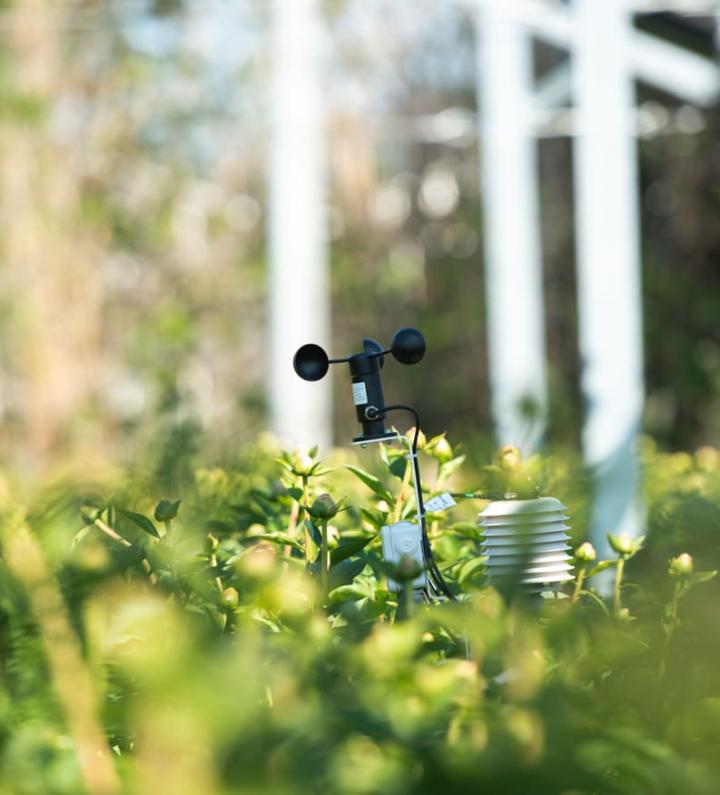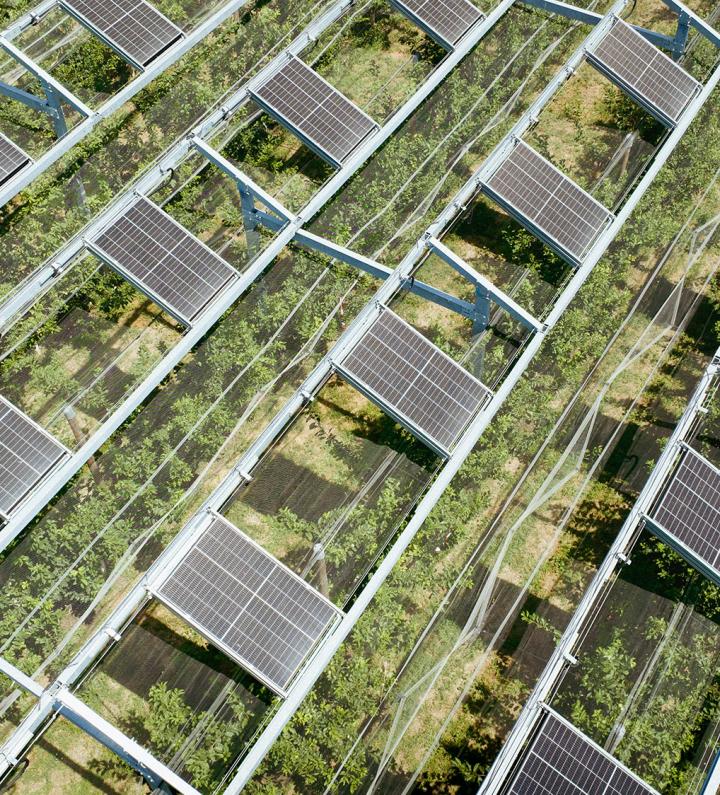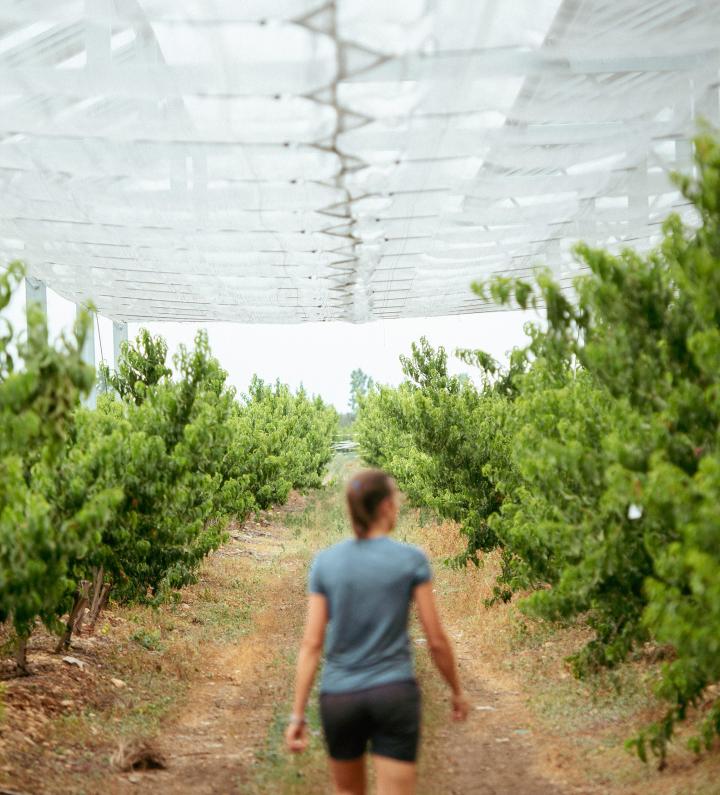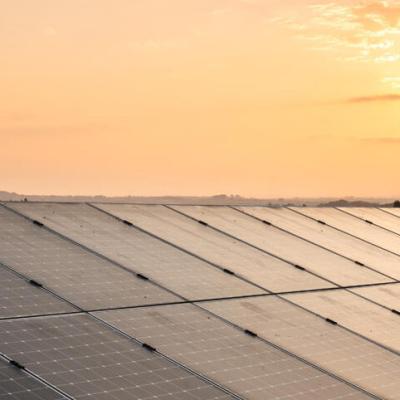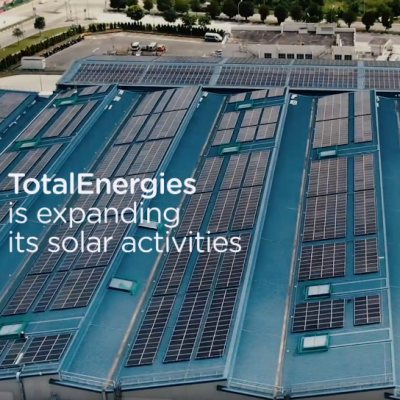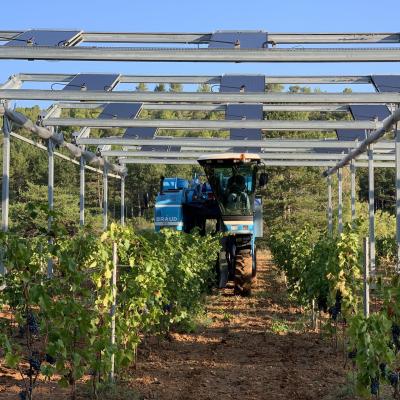Agrivoltaics: cultivating solar energy to build a more sustainable future
Agrivoltaics: cultivating solar energy to build a more sustainable future
Agrivoltaics, an innovative and promising solution
Agrivoltaics promises to offer innovation, sustainability and responsibility. This ingenious technology, which combines agriculture with solar energy, is shaping up to be a promising solution for meeting agricultural, energy and environmental challenges. By allowing solar photovoltaic panels to be installed on cropland or fitted on agricultural facilities, agrivoltaics helps maintain the resources needed to ensure food security while promoting the transition to low-carbon energy sources. TotalEnergies, the driving force behind this revolution, recently acquired France's agrivoltaics expert Ombrea. Read on for a clearer insight into this technology.
What exactly is agrivoltaics?
Agrivoltaics, which is sometimes abbreviated to agriPV, combines agricultural production activities and solar energy generation using solar photovoltaic panels on the same arable land. The legal definition for agrivoltaic facilities also stipulates that they must make a lasting contribution to establishing, maintaining or developing agricultural production. This new synergy means that farmers can add clean energy production to their core activities and enjoy additional revenue streams.
The solar panels create a microclimate (shade, wind, temperature, humidity, etc.) that can be beneficial to crops, which can grow while sheltered from the elements. Several types of crops can benefit from this innovative process and its wealth of advantages.
What are the advantages with agrivoltaics?
By skilfully combining the agricultural and solar energy sectors, agrivoltaics offers a number of pragmatic and measurable solutions to the profound challenges:
- Firstly, it maximizes the use of arable land, reducing human pressure on land, which is a limited resource coveted by stakeholders whose needs and constraints are often conflicting. Similarly, by preserving agricultural land and supporting production, agrivoltaics indirectly contributes to food security.
- It helps diversify and increase the income for farmers, who are increasingly subject to market fluctuations, as well as crop yields destabilized by climate change.
- It protects crops from a growing number of climate-related risks by reducing evapotranspiration beneath the panels, which act as a shield against hailstones, heatwaves and frost, and lowering thermal and water stress, while bringing clear agronomic benefits to the plots covered.
- It strengthens the stability of the energy supply by encouraging local low-carbon production as close as possible to where the electricity is used.
- It paves the way for developing renewable projects that integrate and operate in symbiosis with the farming activities, while allowing several economic activities to coexist in the same area.
Agrivoltaics at the Domaine de Rivals
Jean-Phillipe Rives: When TotalEnergies offered me an array like a row of windows, I realized it was perfect for me. It offers shade and produces electricity.
Yvannah Evrard: We’re in Villemoustaussou, near Carcassonne, southern France. We developed a 3,000m² solar garden over vines and pomegranate using technology developed by Ombrea, consisting of sliding awnings controlled by an algorithm according to the need to protect the plants. We built a demonstrator to learn about the technology and agronomic benefits.
Frédéric Lenoir: We often try to personalize our projects and add additional tools to the structure to capture water or attenuate weather events. That’s how we make a unique project for the landowners we work with. Solar gardens are an emerging market. We want to work with the stakeholders: institutions, agricultural unions, farmers. We signed an agreement a year ago with FNSEA, the main French agricultural union.
Yvannah Evrard: We’re really solving a problem for the farmers, environmental or economic.
Jean-Phillipe Rives: It can get extremely hot here, with sun exposure that burns the plants. These panels reduce the heat on the leaves. Without burning, the fruit will ripen much more naturally. The panel system will save me about 20-30% of water.
Yvannah Evrard: The advantage of solar gardens for TotalEnergies is getting access to land, which is growing scarce and the farmers strengthen their business model for the coming years.
Frédéric Lenoir: France is a step ahead in this kind of project, with more technologies and crops. We can work in other countries according to context and the personalization for the type of agriculture. At TotalEnergies Renouvelables France, the energy mix is changing. In ten years or so, solar gardens will account for 25% of our production capacity.
The challenges facing the agrivoltaics sector
Straddling the dividing line between the agricultural and energy worlds, agrivoltaics is currently facing major challenges that need addressing. Although the facilities, which are considered to be agricultural tools, are designed to produce renewable energy, they must not cause any damage to the farmland. The main challenge facing the agrivoltaics industry is the problem of competition for the use of land and light between energy generation and agricultural production, which is currently subject to intense debate.
With this context in mind, a growing amount of work is being carried out to achieve a density of solar panels that can maximize crop yield. This means that it is now vitally important to choose the right crops for each agrivoltaic facility, since each crop reacts differently to the new shade caused by the panels.
In addition, to ensure that these solutions can be implemented both effectively and sustainably, it is essential to support project developers and farmers by working on the design, maintenance and durability of the facilities, which is a prerequisite if they are to be profitable and environmentally beneficial.
Agrivoltaics: what does French legislation say? What changes lie ahead?
Agrivoltaics is now specifically governed by the French law aimed at ramping up the production of renewable energy (known as the Renewable Energies Law). The Law was enacted by Parliament on February 7, 2023 and establishes a clear framework for the industry for the first time. It defines an agrivoltaic facility as an electricity production installation that uses the sun's radiant energy, whose modules are located on a plot of agricultural land where they help maintain or develop long-term agricultural production. As such, it meets the objective of developing the industry while striking a balance between food and energy issues.
Finally, the Renewable Energies Law introduces a distinction between agrivoltaic facilities that are considered to be "necessary" for the agricultural activity and facilities that are "compatible" with an agricultural activity (other solar facilities). Therefore, a facility can only be classed as agrivoltaic if it allows agricultural production to be the main activity on the plot or if it is reversible. This service may involve maintaining the agronomic or environmental quality of the plot, protecting against adverse weather conditions and the effects of climate change, improving animal welfare or even reinstating agricultural activities on an abandoned plot.
TotalEnergies and agrivoltaics
TotalEnergies is actively involved in this sector of the future. The teams at TotalEnergies France are convinced that agrivoltaics creates value and should be of mutual benefit to farmers and renewable energy producers. To achieve this aim, TotalEnergies maintains close links with the farming community, especially through its partnership with the FNSEA (French National Federation of Farmers' Unions). In addition, TotalEnergies is aware of the challenges and issues raised by agrivoltaics in France, so it is liaising with the sector's stakeholders, particularly NGOs, to develop the industry in a responsible manner.
On September 28, 2023, the Company announced that it had acquired Ombrea. This French agrivoltaics leader develops innovative solutions for collecting and analyzing agro-climatic data to improve synergies between agricultural production and green electricity generation. TotalEnergies is continuing to support the energy and agricultural transition by providing farmers with tools that are tailored to the specific characteristics of the different crops, soils and climates.
At the Ombrea site in Aix-en-Provence, TotalEnergies is also creating an agrivoltaic center of excellence to strengthen the development of digital and technological solutions. In keeping with the French law on accelerating renewable energies, which ensures that agriculture has primacy over green electricity generation, this hub will bring together TotalEnergies' employees specializing in agrivoltaics and Ombrea's experts.
